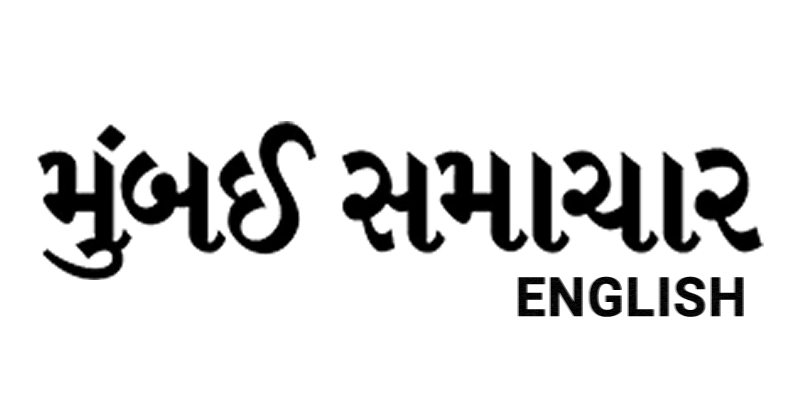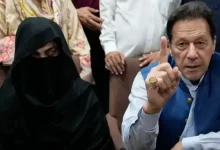Stop Singling Out India : Trump’s False Fire At India Over Russian Arms Purchase

New Delhi : Among the many Truth Social untruths by US President Donald Trump was one on September 1, in which he questioned the ‘one-sided relationship’ with India and accused India of buying ‘most of its oil and military products from Russia, very little from the US’.
There are an estimated $5 billion in arms deals for jet engines, drones, artillery rounds, armoured vehicles, anti-tank missiles and torpedoes in the pipeline, and potentially tens of billions of dollars of arms sales further down. US-imposed sanctions after the nuclear tests created supply chain issues for India’s fleet of Sea King and Sea Harrier jets and delayed the LCA Tejas light combat aircraft, which was to be powered by an American engine.
India’s defence ministry, however, is hopeful of preserving the thriving arms relationship between the two countries despite the trade war, which has seen the Trump administration impose 50 per cent tariffs on goods imports from India. On August 8, the Ministry of Defence denied a Reuters report that India had paused arms deals with the US. The arms pipeline is alive and kicking.
India is the largest operator of the Boeing C-17 Globemaster III and the Boeing P-8I Poseidon ASW aircraft outside the United States. Defence trade has emerged as a major pillar of the US-India security partnership and India now conducts more bilateral military exercises with the US than with any other country. The US Congress designated India a ‘Major Defence Partner’ in 2016.
‘US-India security relations became a high-profile aspect of US Asia policy during the first Trump and Biden administrations,’ a March 2025 Congressional Research Services report noted. US military hardware has supplanted entire categories of legacy Soviet equipment. In the Indian Air Force’s medium-lift aircraft fleet, Lockheed Martin C-130Js and C-17s have entirely edged out Soviet-built IL-76 aircraft.
The Indian Navy’s triangle of assets it will use to hunt Chinese and Pakistani submarines is built on MH-2R helicopters, P-8I aircraft and Sea Guardian long-range drones. Western suppliers like the United States, which accounts for 43 per cent of all global military sales, have been the biggest beneficiaries of New Delhi’s shift away from Russia.
There are tens of billions of dollars’ worth of American deals in the pipeline, including plans to jointly produce advanced General Electric GE F414 jet engines for India’s LCA Tejas fighter jets, co-production deals for Stryker infantry combat vehicles and Javelin anti-tank missiles. India will also acquire 31 armed MQ-9B Sea Guardian and SkyGuardian unmanned aerial vehicles (UAVs) built by the California-based General Atomics for $4 billion.
It is not just a one-sided relationship. Indian arms orders enrich the US military-industrial sector, protecting high-tech jobs in places like San Diego and New Hampshire. As the Indian defence industry has noted, many of these orders are being placed to the detriment of India’s own high-tech defence sector. They also come at the cost of India’s traditional and reliable arms partner, Moscow.
When the Indo-US strategic partnership began around 2010, India imported nearly 72 per cent of its military hardware from Russia. A 2024 report by the Stockholm International Peace Research Institute (SIPRI) showed Russian arms imports have now halved to just 36 per cent.
India turned to Russia only for certain exclusive capabilities, like the S-400 long-range air defence missiles, which it bought at the risk of invoking US sanctions, or the $3 billion lease of a nuclear-powered attack submarine.
Hanging in the balance thanks to the tariff war is a new bilateral technology-sharing and defence co-production initiative launched by the Biden Administration. The second Trump Administration has vowed to build upon this relationship but it has yet to initiate the process to adjust US laws and regulations to take US-India defence trade to the next level.




